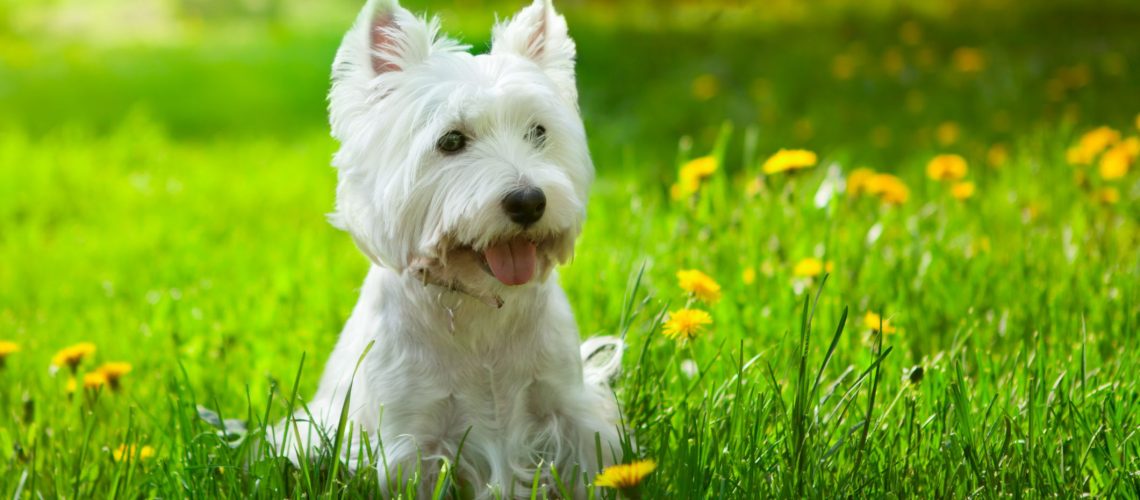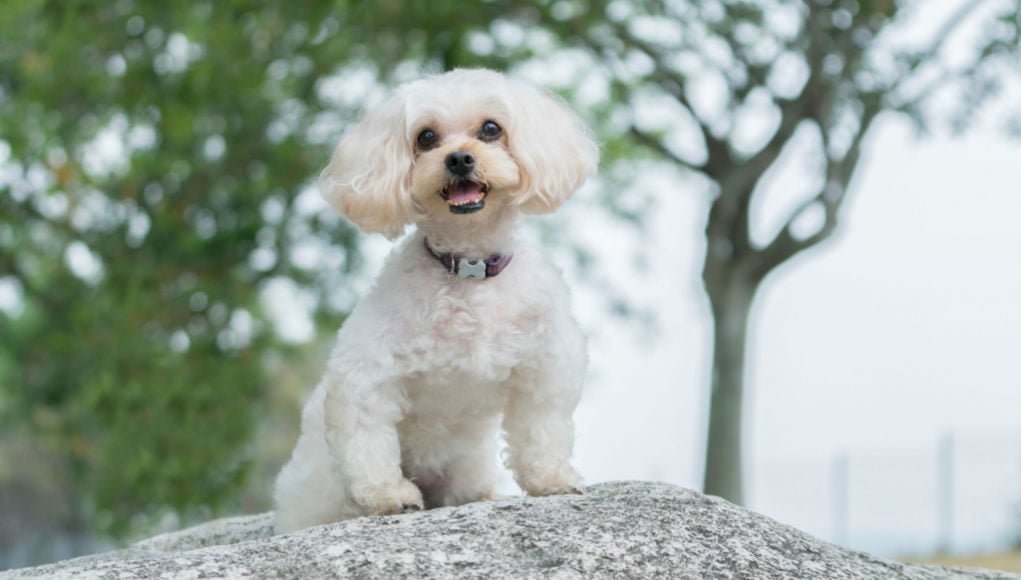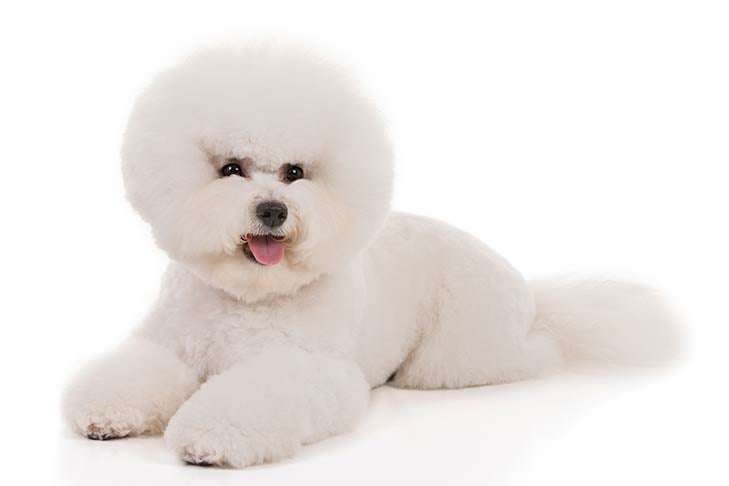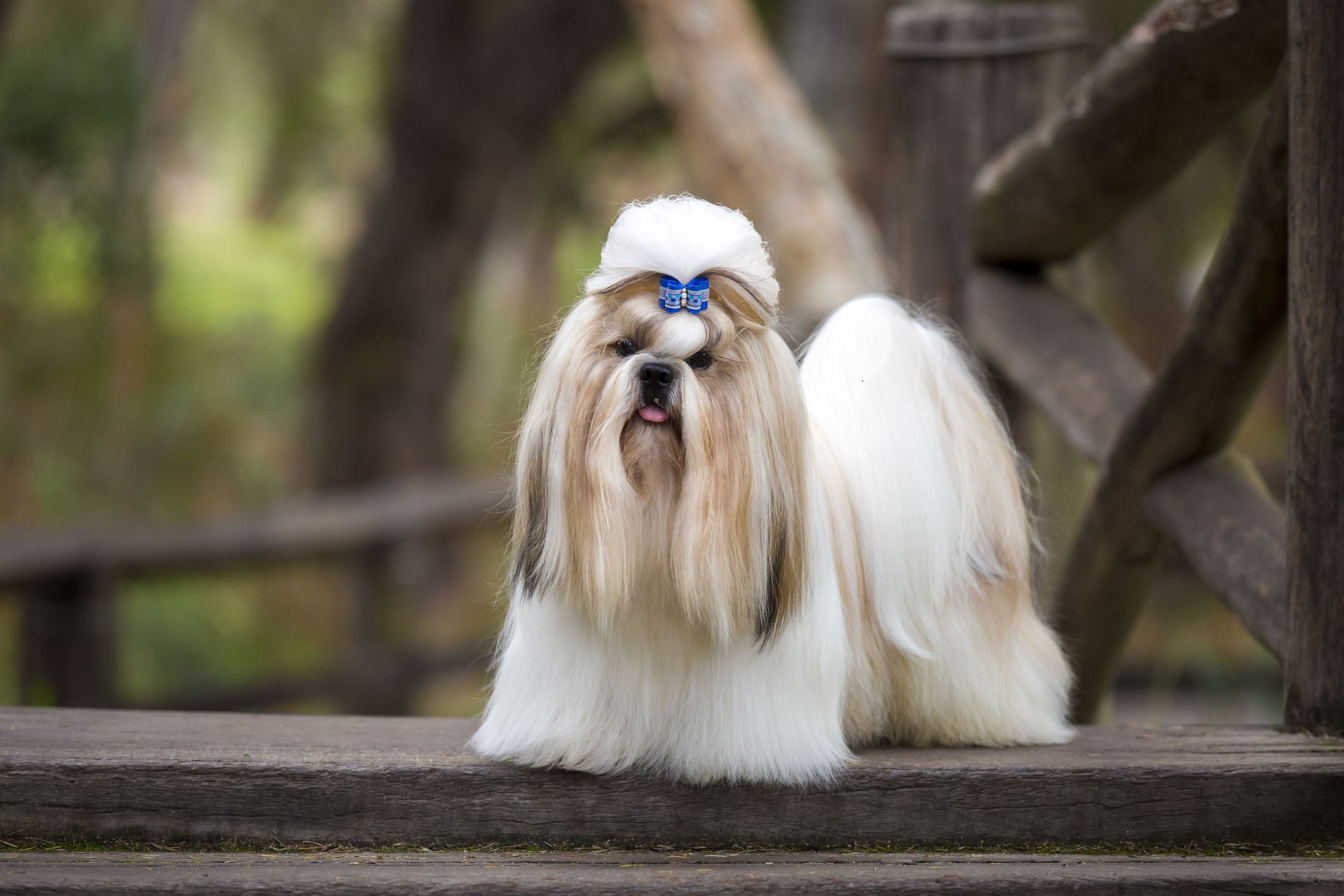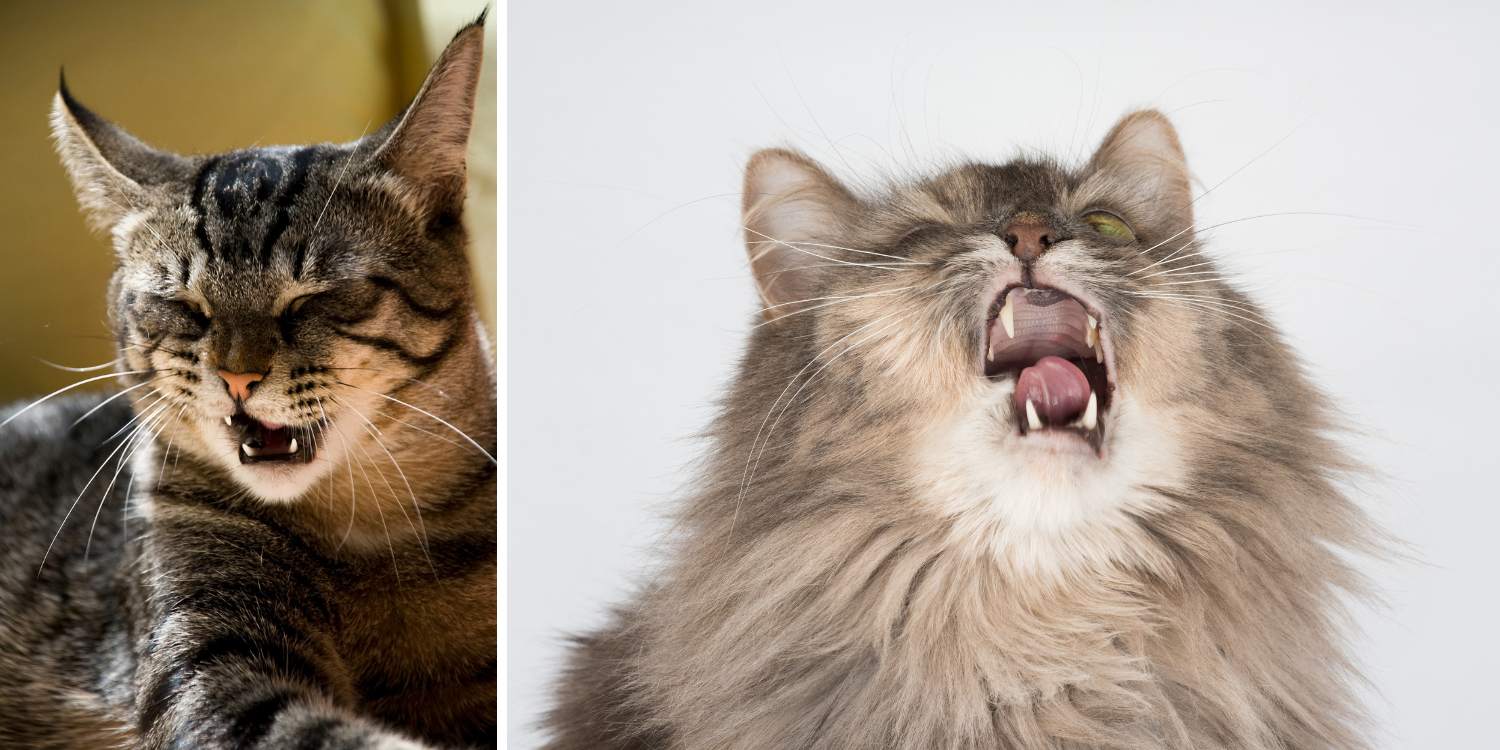Key Takeaways:
- Hypoallergenic dog breeds have hair instead of fur, making them less likely to trigger allergies.
- Some hypoallergenic dog breeds include the Bichon Frise, Poodle, Maltese, Shih Tzu, and Yorkshire Terrier.
- Regular grooming and bathing can help reduce allergens in hypoallergenic dogs.
- Hypoallergenic dog breeds may still produce allergens, but in lower quantities compared to other breeds.
- It's important to spend time with a hypoallergenic dog before bringing one home to ensure you don't have an allergic reaction.
Are you tired of sneezing and itching every time you're around dogs? Well, we have some good news for you! Did you know that there are certain dog breeds that are hypoallergenic? That's right, these breeds produce fewer allergens, making them perfect companions for anyone with allergies. Imagine being able to cuddle and play with a furry friend without the constant discomfort. In this article, we will explore 25 hypoallergenic dog breeds that can bring joy to your life while keeping your allergies at bay. So get ready to discover a whole new world of possibilities and find the perfect four-legged companion for you!
What does "hypoallergenic" mean for dog breeds?
Definition of hypoallergenic
Hypoallergenic is a term used to describe certain dog breeds that are less likely to cause allergies in people who are allergic to dogs. When someone is allergic to dogs, it means their immune system reacts to certain substances found in a dog's saliva, urine, or dander (tiny flakes of dead skin). These substances are called allergens and can cause symptoms like sneezing, coughing, itchy eyes, and a runny nose.
Characteristics of hypoallergenic dog breeds
Hypoallergenic dog breeds have specific characteristics that make them less likely to trigger allergies. These characteristics can include having hair instead of fur, producing fewer allergens, or having a coat that doesn't shed as much dander. However, it's important to note that no dog breed is completely hypoallergenic because all dogs produce some level of allergens.
Why are hypoallergenic dogs good for people with allergies?
Hypoallergenic dogs can be a great option for people with allergies because they may cause fewer allergy symptoms compared to other dog breeds. By choosing a hypoallergenic breed, individuals with allergies can still enjoy the companionship and love of a dog without experiencing severe allergic reactions.
Having a hypoallergenic dog can also improve the quality of life for people with allergies. They can reduce the need for allergy medications or treatments and allow individuals to live comfortably in the same house as their furry friend.
Common allergens that can cause reactions in people allergic to dogs
People who are allergic to dogs typically react to specific proteins found in the dog's skin cells, saliva, and urine. These proteins are known as allergens and can trigger allergic reactions in sensitive individuals. The most common dog allergens include:
- Fel d 1: This protein is found in a dog's skin cells and can become airborne when the dog sheds its fur.
- Can f 1: This protein is present in a dog's saliva and urine and can stick to their fur.
How do hypoallergenic dogs help reduce allergy symptoms?
Hypoallergenic dogs can help reduce allergy symptoms in several ways:
- Less shedding: Hypoallergenic dogs often have hair instead of fur, which means they shed less dander (dead skin flakes) into the environment.
- Lower allergen production: Some hypoallergenic breeds produce fewer allergens compared to other breeds because of their genetic makeup.
- Regular grooming: Hypoallergenic dogs require regular grooming to maintain their coat and prevent the buildup of allergens. This grooming process helps remove loose hair and dander from the dog's coat before it has a chance to spread around the house.
Popular hypoallergenic dog breeds for people with allergies
There are many different hypoallergenic dog breeds available for people with allergies. Some popular options include:
- Poodle: Poodles have hair that grows continuously but doesn't shed much, making them a great choice for allergy sufferers.
- Bichon Frise: These small, fluffy dogs have hair that grows similarly to human hair, which reduces shedding and dander in the environment.
- Maltese: Maltese dogs have a single layer of hair that grows long and silky, minimizing the amount of dander they release into the air.
Grooming requirements for hypoallergenic dog breeds
Hypoallergenic dog breeds require regular grooming to keep their coats clean and free from allergens. Some grooming requirements for these breeds include:
- Brushing: Regular brushing helps remove loose hair and dander from the dog's coat, preventing it from spreading around the house.
- Bathing: Frequent bathing with hypoallergenic shampoos can help reduce allergens on the dog's skin and fur.
- Trimming: Trimming the dog's hair or fur can prevent it from becoming too long and prone to matting, which can trap allergens.
Finding and adopting a hypoallergenic dog breed that suits your lifestyle and allergies
If you're considering adopting a hypoallergenic dog breed, it's important to research different breeds and consider your lifestyle and allergies. Here are some steps to finding the right hypoallergenic dog for you:
- Consult with an allergist: Before getting a hypoallergenic dog, consult with an allergist to determine if you are indeed allergic to dogs and which specific allergens trigger your symptoms.
- Research hypoallergenic breeds: Learn about different hypoallergenic breeds, their characteristics, grooming needs, exercise requirements, and temperament to find a breed that suits your lifestyle.
- Visit breeders or shelters: Visit reputable breeders or local shelters to meet different hypoallergenic dogs in person. Spend time with them to see if you have any allergic reactions.
- Consider adoption: Many hypoallergenic dogs are available for adoption in shelters and rescue organizations. Adoption can be a rewarding way to give a loving home to a dog in need.
In conclusion, there are many dog breeds that are considered hypoallergenic and can be great companions for people with allergies. These breeds have less dander and shed less hair, making it easier for allergy sufferers to live with them.
What is the #1 hypoallergenic dog?
Poodles are a versatile breed that come in three different sizes, various colors, and have a wide range of personalities, from calm and dignified to lively and feisty. They are known for being intelligent and devoted, and they generally have a pleasant scent compared to other dog breeds.
What dog is 100% hypoallergenic?
Although no dog is completely hypoallergenic, there are certain dog breeds that are less likely to cause allergies and are more suitable for people with allergies. Some commonly recognized hypoallergenic breeds include Poodles, Yorkshire Terriers, Bichon Frise, Maltese, and Schnauzers. These breeds are known for their low or non-shedding coats.
Can I get a hypoallergenic dog if I'm allergic?
Although no dog is completely hypoallergenic, certain breeds are more suitable for individuals with allergies. If you take an allergy test, you can identify the most suitable dog for your condition. There are various methods to minimize dog allergens, such as regular grooming and maintaining a clean home.
What is a dog that doesn't shed?
If you are looking for dog breeds that are both healthy and do not shed, you may want to consider the Maltese, Bichon Frise, Poodle, Shih Tzu, Mini Schnauzer, Chinese Crested, Coton de Tulear, or Soft Coated Wheaten Terriers.
What kills pet dander?
All pet products will advertise themselves as being the most effective at getting rid of dander, but even something as simple as dishwashing soap or baby shampoo can get the job done.
What is the longest living hypoallergenic dog?
Toy poodles, which have hypoallergenic and non-shedding coats, are among the dog breeds with the longest lifespan. They can live up to 18 years.



